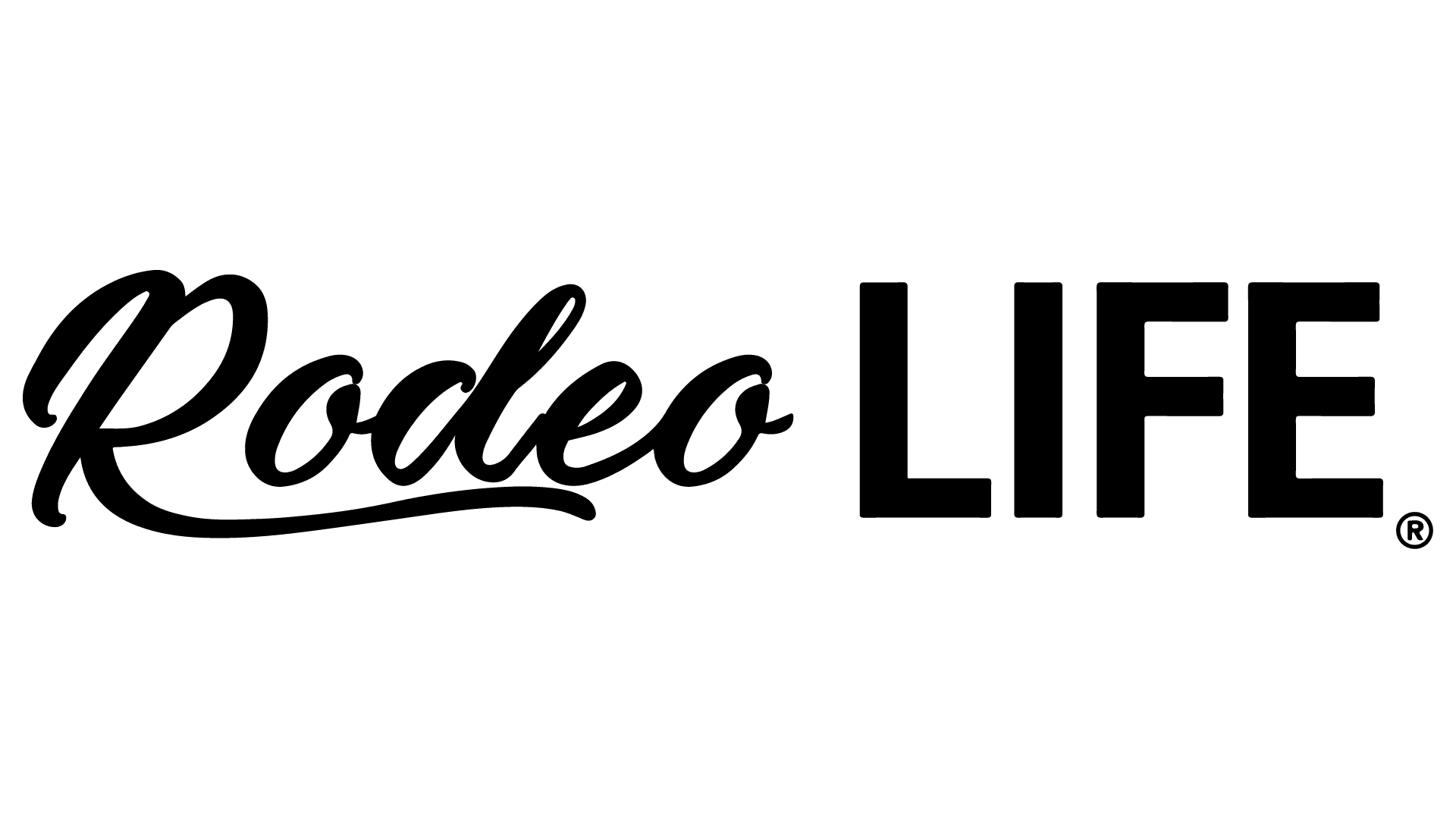Carrie Ann Sattler was only 16 when she knew she wanted to volunteer for the Reno Rodeo, one of the nation’s most revered Western sports events rooted in 105 years of tradition. As a young girl, she went to the rodeo each year with her family and found herself drawn to the excitement of the large crowds and festive atmosphere. “When I turned 16, I called and asked if I could volunteer. They said you had to be 18 if you didn’t have a connection inside the association already. So, I told the gal that I would call back on my 18th birthday,” Sattler says. “I called her back on my birthday in 2004 and became a volunteer. Now I’ve been doing it for 20 years.”
That sense of unbridled enthusiasm and loyalty to the organization has served her well. Sattler’s hard work and passion led her to become the Reno Rodeo’s first female president—not to mention its youngest-ever president. She now oversees a volunteer base of around 800 people, making up 65 independent committees that work diligently to put on the annual rodeo in Reno, Nevada. The rodeo draws some of the biggest names in the Western world and spectators from all over the country. “In an association like Reno Rodeo, something that’s so special is just the amount of passion that gets poured into creating a single 10-day event,” she says. “I am one of many, many volunteers that contribute a major portion of their lives to the betterment of the association and our initiatives as a rodeo.”
The Reno Rodeo is ranked seventh among nearly 700 rodeos nationwide. Each year, the organization’s volunteers and committee members donate thousands of hours of their time to produce one of the most elite events in Western sports. To some, it may seem uncanny that so many people would be willing to spend so much time and effort to put on a single event. But for Sattler and the others who keep the show going strong year after year, it’s hard to imagine not being part of such an iconic event. “There’s a quote that, from the outside looking in, you can’t really understand it. But from the inside looking out, you can’t really explain it,” Sattler says, summing up what drives so many people to become dedicated to developing the best event possible. Because of their hard work, the Reno Rodeo has become a must-see event that pays homage to rodeo’s storied history and the legacy of the West. “There’s something so rewarding about seeing the fruits of your labor. Knowing that you’re one small part of such a big machine is incredibly moving,” she says.
It’s not just the rodeo itself that inspires these volunteers to come out in droves to support the event. Another big part of the Reno Rodeo’s overall mission is community involvement, which includes charitable initiatives that give back to various causes in the region while also helping to ensure that the thousands of visitors who flock to the area for the big event have an incredible guest experience.
“The event itself is pretty significant in its impact,” she says. “We have about a $50 million economic impact in our region. On average, we donate about $250,000 a year to the Reno Rodeo Foundation, a foundation that was created to be the charitable arm for giving back. Beyond that, we donate hundreds of thousands of dollars back to the community through donations and charitable contributions. And in addition, we’re producing one of the largest attractions and events in our state and our region through the Professional Rodeo Cowboys Association.”
And while the local community benefits from tangible effects such as spikes in regional tourism that benefit the local economy, the true beauty of getting involved is that it offers people the chance to be part of something much bigger than the sum of its parts. As has always been the case with the presidents before her, her primary goal is to organize a bigger and better event each year. She takes this mission seriously as the leader of a rodeo with a legacy dating back over a century.
Adhering to tradition while remaining adaptable to the changes of the modern landscape can be a complicated balancing act. Sattler describes this balance as “incredibly delicate” but is proud of how the Reno Rodeo has come to honor its legacy and tradition while continuing to move the needle in rodeo sports.
With the organization so profoundly rooted in tradition, Sattler understands the importance of paying it forward to the broader community. That’s why the organization will host its first-ever Reno Rodeo Scalability Conference this year, inviting representatives from rodeos nationwide to learn how to grow their own rodeos bigger and better.
“We think that in our position, it’s really important to share the formula that we’ve been working on for 105 years and have now grown to feel pretty stable and very successful,” she says. “We want to share some of that industry knowledge with others.”
Smaller rodeos don’t always have the luxury of massive pots or the inherent prestige associated with longer-running events. Therefore, their organizers must find creative ways to draw the best ropers and riders to their arenas if they want to sell out the grandstands. The conference aims to give the representatives from these rodeos a chance to learn how to scale based on Reno Rodeo’s success in growing to become one of the most revered events in the Western world.
“I think it’s going to be great, and I’m excited that we’re doing it,” she says.
Rodeo may be all about the blood, sweat, and tears of an American pastime, but Sattler understands there’s something deeper at the intersection of rodeo sports and the Western world. Since its earliest days, rodeo has been a celebration of Western heritage, honoring the traditions of the West and the cowboys and cowgirls of generations past. She thinks it’s essential to grow rodeo sports to keep those traditions alive by teaching future generations about rodeo’s historical importance and embodiment of that Western spirit.
“Once you get involved, you just understand that it’s about family. It’s about values. It’s about hard work and tenacity. It’s about grit. It takes a lot of fortitude, both physically and mentally, to live a lifestyle of Western tradition. And I think that’s what makes it so worthwhile, and the juice worth the squeeze,” she says.










